| I grew up with respect for American Indians (Native Americans, First Nation Peoples, Indigenous Americans, Earliest Emigrants, etc. for those who don’t understand the term American Indians). We were always proud that we had Cherokee and Choctaw heritage via both of our family lines. With extensive genealogical work, we have failed to prove or disprove that belief; but nevertheless the idea of kinship is instilled in our psyche. As a child I had friends and playmates who were from the San Carlos Reservation, and others from various Indian communities in Arizona and other states. I worked professionally with several men and women for many years, most notably Harold Victor, a fellow Instrumentman at the mine. It occurs to me that I would like to give a nod to our Native American citizens in this their official recognition month. The marvelous accomplishments of the early agricultural people of Arizona prehistory are numerous; the rock and adobe construction of apartment house type dwellings, extensive and well-engineered irrigation systems, and remarkably utilitarian yet beautiful ceramics, weavings, carvings, and other craft work have intrigued all those who followed them. When the Spanish, the first Europeans to reach our Sonoran Desert, arrived along the Santa Cruz, San Pedro, Gila, and Salt Rivers they found an intelligent people with thousands of acres of well cultivated crops. These were the O’odham Peoples, called by the Spanish the Pima, Papago, Sobaipuri, and possibly other related cultures. Today they are the Tohono O’odham (Desert People), Akimel O’odham (River People). They have large verdant acreages of beautiful cultivated fields. They also have many commercial ventures including office and retail buildings, professional baseball facilities, leasing and building management, hotels, restaurants, and entertainment facilities. The Western Apache was located in the mountains of central Arizona. They were latecomers migrating from the north and east into what is now Arizona in about 1300 AD. They were hunter-gatherers who were extremely adept at living off the land. They did some very primitive agriculture, but were better known as raiders, and quickly became mortal enemies with the existing O’odham People. It is believed that, along with a long period of drought, they were part of the cause for the disappearance of the O’odham ancestors, the Hohokam and Salado cultures. They were skilled at warfare and stealth, and had the respect of all their enemies as fighters and trackers. They were the last group of American Indians to be pacified and placed on two large reservations and a couple of smaller ones in Arizona. Related tribes are on reservations in New Mexico and Oklahoma. Reservation life was hard for the Apache because they were expected to abandon their nomadic lifestyle, settle in one place and farm. It was a severe cultural shock for the men who had been trained from youth to hunt and raid more stationary people for goods, livestock, and hostages or slaves. The skills of a warrior had no place in the new scheme, so their purpose in life, their identity was removed. It has taken longer for them to develop the skills to flourish in the modern world, but the last two generations have seen a surge in the development on the reservation, of education and general improvement in the standard of living. In my books the Apache people, their history and their trials, are represented by Al Victor, San Carlos Apache police officer and Apache historian, who frequently mentions these things. I know the Apache people as people with a terrific sense of humor, a patriotism to America that puts most Americans to shame, and a quick mind that allows them to learn most anything they set their mind on. Apaches make good, loyal friends, and bad enemies. In all three of my books, not just the Apache, but all our numerous past and present Indian cultures in Arizona and the Southwest are treated with heart-felt respect. I salute them as we come to the end their month of recognition. |
|
LORENZO
11/30/2015 02:21:15 pm
enjoyed reading your last gasp of native american hertiage month, I serve on the board at Pueblo Grande Museum, Phoenix, AZ, perhaps you can do a speaking engagement in the future at the museums community room. were always looking for speakers.
Virgil
11/30/2015 05:16:31 pm
That sounds interesting Lorenzo. Thanks for the visit and the comment; I'll send you an e-mail. Comments are closed.
|
AuthorMystery writer, Southwestern Historian, researcher, husband, father, grandpa, with an opinion on everything. Archives
October 2021
Categories
All
|
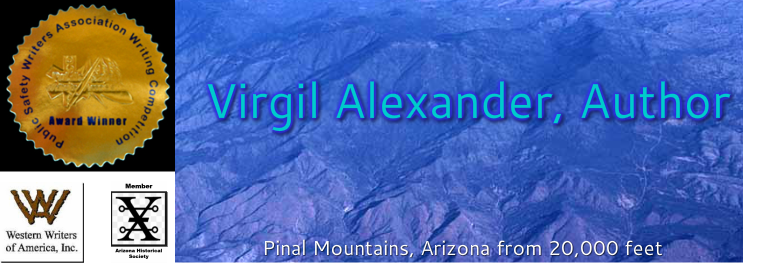
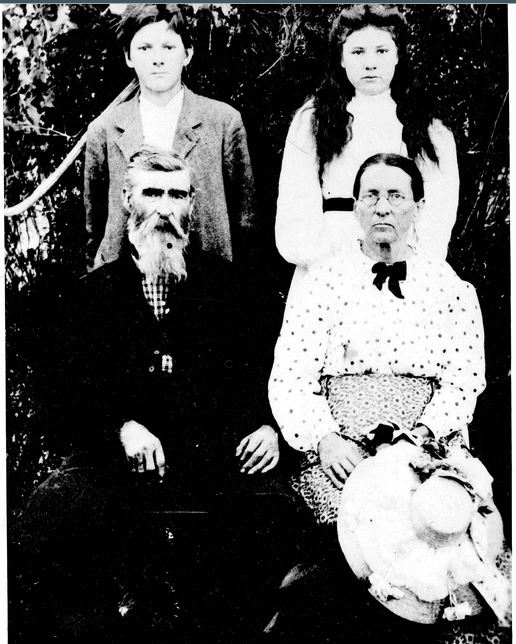
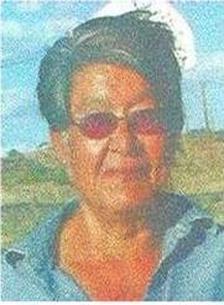
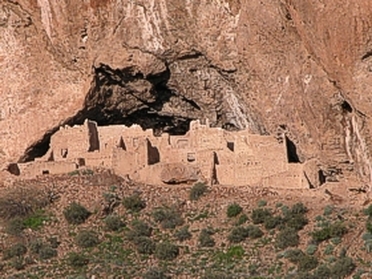

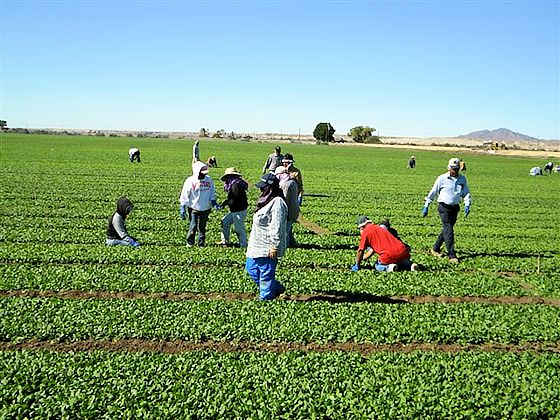
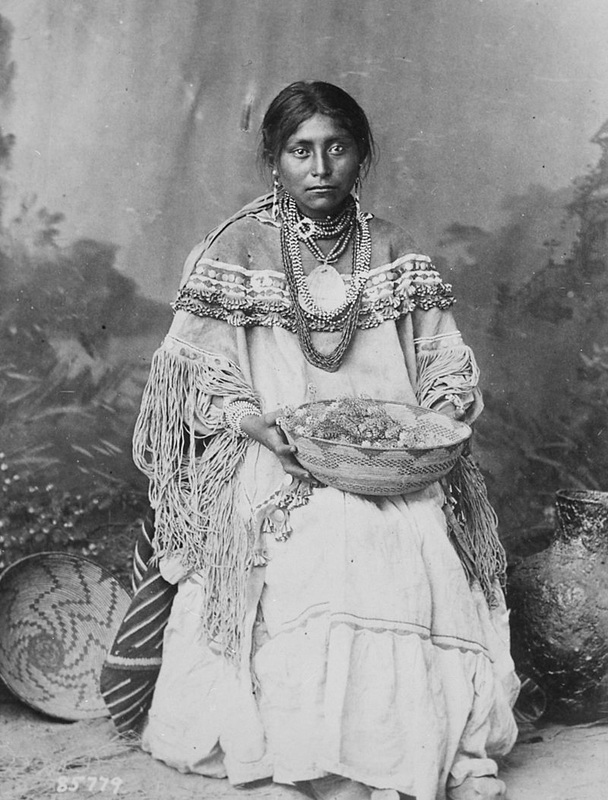
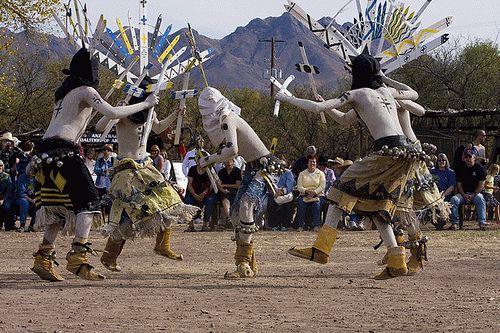



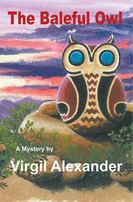
 RSS Feed
RSS Feed